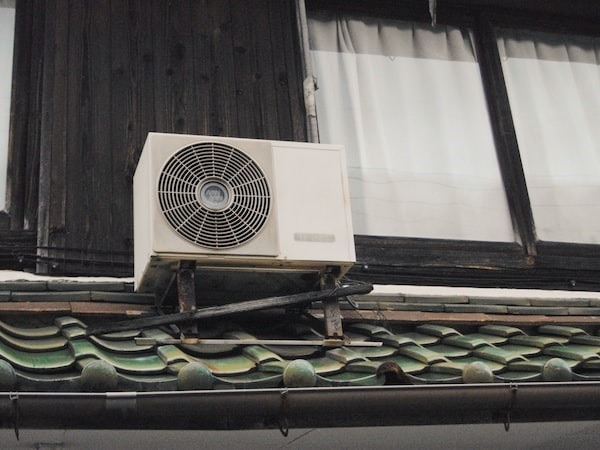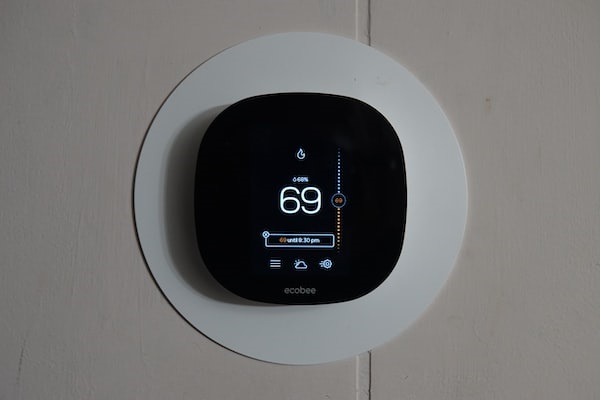Your air conditioner is one of the most useful appliances in your home. Not only does it keep you cool during the summer months, but it also helps to maintain a comfortable temperature throughout the year. That’s why it’s crucial to take care of your air conditioner and ensure that it’s in good working order. That means you should understand the various components of your AC unit and how they work. One of the most essential parts of any air conditioner is the refrigerant, which is required for the unit to function properly. There are plenty of resources that can teach you more. If you’re interested, keep reading to find out how the refrigerant in your AC unit works.
How does refrigerant work in your AC unit?
If you want yourself asking, “How does refrigerant work?”, you’re not alone. For those who are unfamiliar, refrigerant is a vital component of any air conditioning system and plays an important role in cooling the indoor environment. Refrigerant is a gas at room temperature that absorbs heat from inside your home by evaporating into liquid form, then releasing that heat outside. In other words, it’s a type of chemical agent responsible for transferring thermal energy (heat) between two spaces with different temperatures. This process is known as refrigeration or air conditioning.
The refrigerant enters the AC unit through an expansion valve located near the compressor where it rapidly changes pressure and temperature to become cool and low-pressure liquid before entering an evaporator coil within the ducts of your home. Here it changes back into gas form, absorbing heat from warm indoor air which passes over its coils when your fan runs; this cooled air is what you feel coming out of your vents. As more heat is absorbed by the refrigerant, it continues to vaporize until all its hot gas turns back into cold liquid in order to start the cycle again, thus cooling your home without producing extra humidity.
After running through multiple cycles, the now compressed gaseous refrigerant exits via another expansion valve connected to a condenser coil outdoors where finally the waste heat dissipates away into the atmosphere making way for cooler air indoors once again. Just remember that to keep your AC functional, you’ll need to maintain it properly. That includes having it inspected annually and changing the air filters at least once every 90 days.
What else can you to do maintain your preferred indoor temperature?
Now that you know how refrigerant works, let’s discuss some of the other things you can do to maintain your preferred indoor temperature. For example, if you want to maintain a pleasant indoor environment, then you need to be sure that your home is well-ventilated. Poor ventilation can lead to a range of problems, from air quality and health issues to energy efficiency and comfort. It can also result in higher energy bills as your air conditioner will have to work harder to cool your home. Standing fans, ceiling fans, and opening your windows from time to time can all improve ventilation in your home.
If you want more precise control over your indoor temperature, then you should upgrade to a smart thermostat. They can be programmed to automatically adjust the temperature based on your schedule and preferences, which can allow you to limit your energy consumption and save money. Your thermostat can also provide you with valuable insights into your energy habits as well. They can track how much energy you use and when, so you can even optimize your energy usage to be as eco-friendly as possible and lower your home’s overall carbon footprint.
As this article illustrates, refrigerant plays a critical role in keeping your AC unit in good working order. It transfers heat from inside your home out to the outside, keeping your home cool and comfortable. Without it, an AC system would not be able to perform its job properly. That’s why you need to regularly maintain the refrigerant levels in your AC unit. You can further ensure that your indoor environment remains at your preferred temperature by taking steps like improving ventilation and upgrading to a smart thermostat. By following this advice, you can create a cozy and enjoyable atmosphere where you and your family love spending time.


